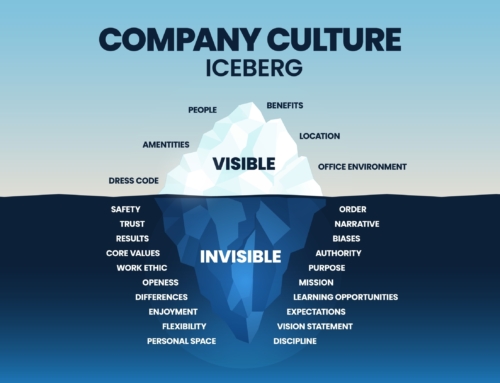Jobkeeper has been a wonderful initiative that has enabled many businesses to retain their employment base through the last 12 months or so. It allowed a number of businesses to continue to engage their employees, thereby preventing (or softening) undue stress on the social security systems. The results from the last 12 months in business have been very mixed, we hear feedback from people who believe it was their best year, those that were able to maintain turnover, and businesses that unfortunately had to close their door or may be seriously reviewing their structure moving forward. The end of JobKeeper will be a catalyst for change in a number of businesses. Everyone in business knows that the biggest variable cost is wages and in a crisis, the fastest way to reduce costs is reduce your employment base. That is a sad but undeniable fact of business.
For the many businesses where the end of JobKeeper may be a catalyst to structural change and employee layoff’s. This is a hard and difficult decision made for the greater good by the sacrifice of some. We understand that the days of having redundancy in a business are gone, most businesses we speak to are already down to their key employees and the people they really respect, trust and admire, but business is business
Here are four ways to avoid the common mistakes that make this transition more challenging than it has to be:
- Consider for a moment the wider consequences of layoff’s for the individual, community and society. Invest in supporting them through the transition to give them a strong boost to the next stage of their career. Outplacement services can reduce reemployment time by as much as a third.
- Use this time to redesign roles, processes and procedures. What are you doing that you do not need to do? Every business has many processes that were built for any number of reasons and become redundant but never questioned or removed. If you are stripping back the workforce then make sure you strip back the unnecessary or redundant activities – anything that does not add direct value to your customer is first up.
- Don’t drop into the doom and gloom cycle. If you are going through the process or restructuring, don’t wallow in the negatives of this. Yes there is the down side, but there is also the upside and the business needs to see the positive goals and objectives that the restructure allows for (and it is not just about saving money). It’s a great time to communicate the future strategy and vision.
- Look after the people that are left behind after a restructure. Done poorly a restructure can really damage the trust between management and employees that can have a huge impact on productivity.
For those businesses that will be negatively impacted by the conclusion of JobKeeper and the subsequent actions they may need to take to sustain a viable business, there are some hard and difficult decisions to be made. Taking the time to do it right will soften the landing significantly and better reset the business to come back from a brink. For more information please contact Career Life Transitions on (08) 6336 8620 or info@careerlife.net.au














Dr Susan Roberts says: